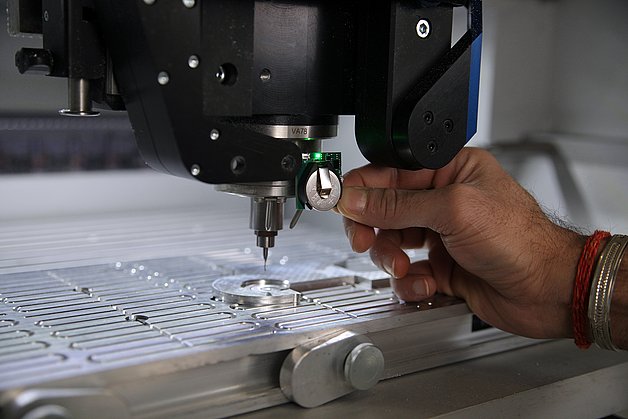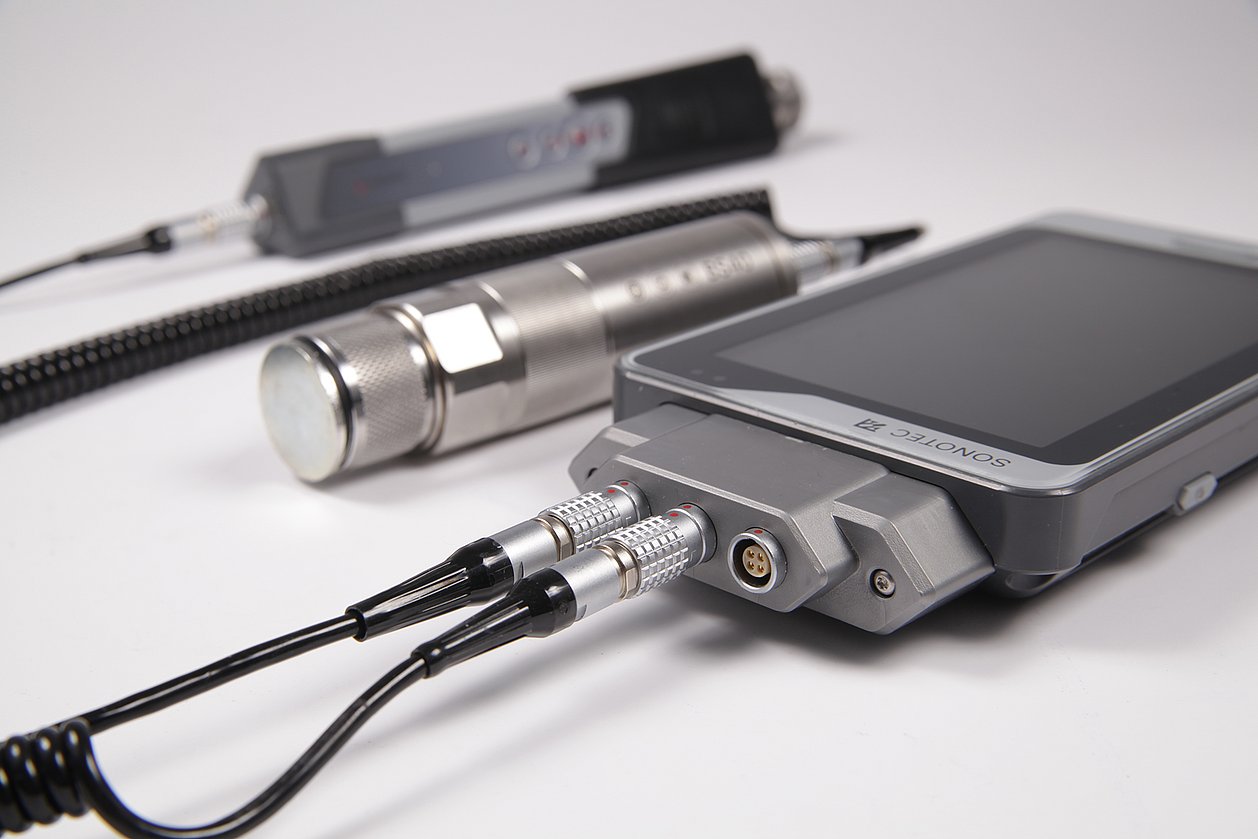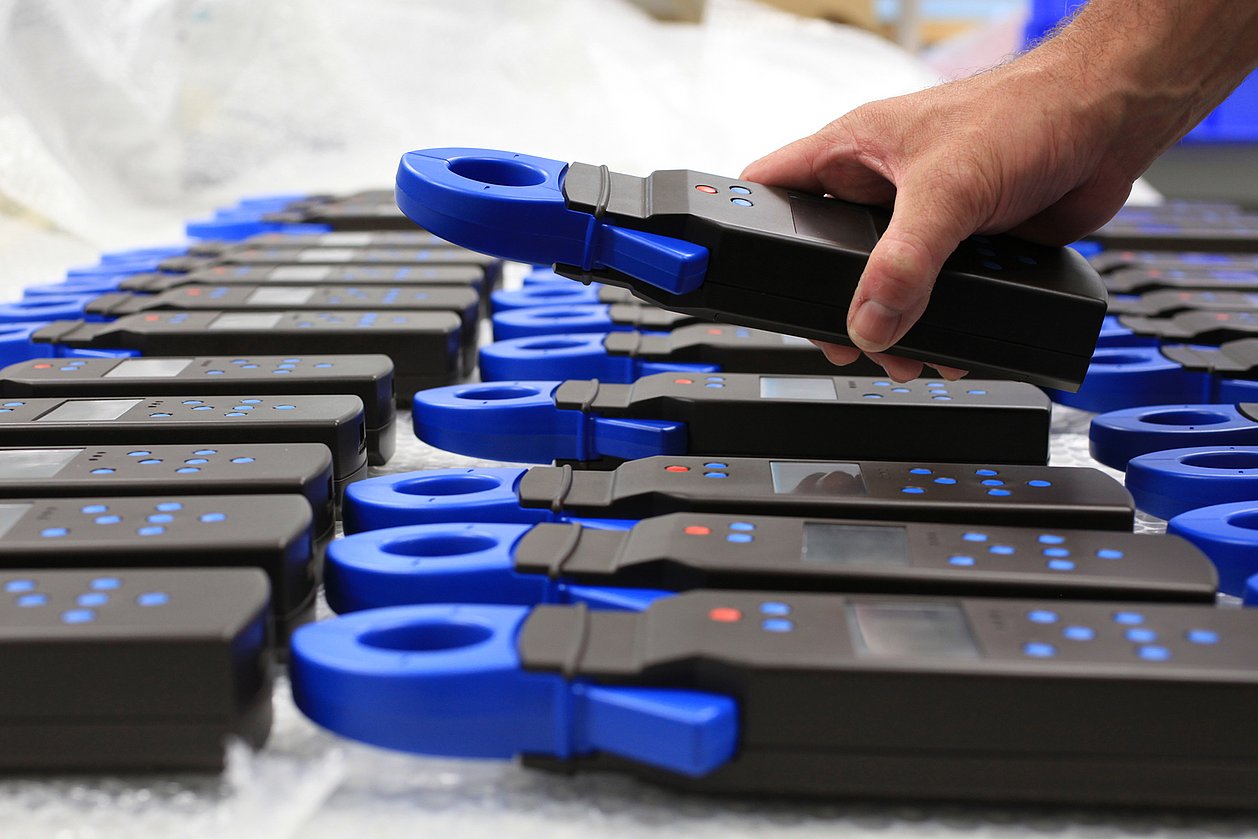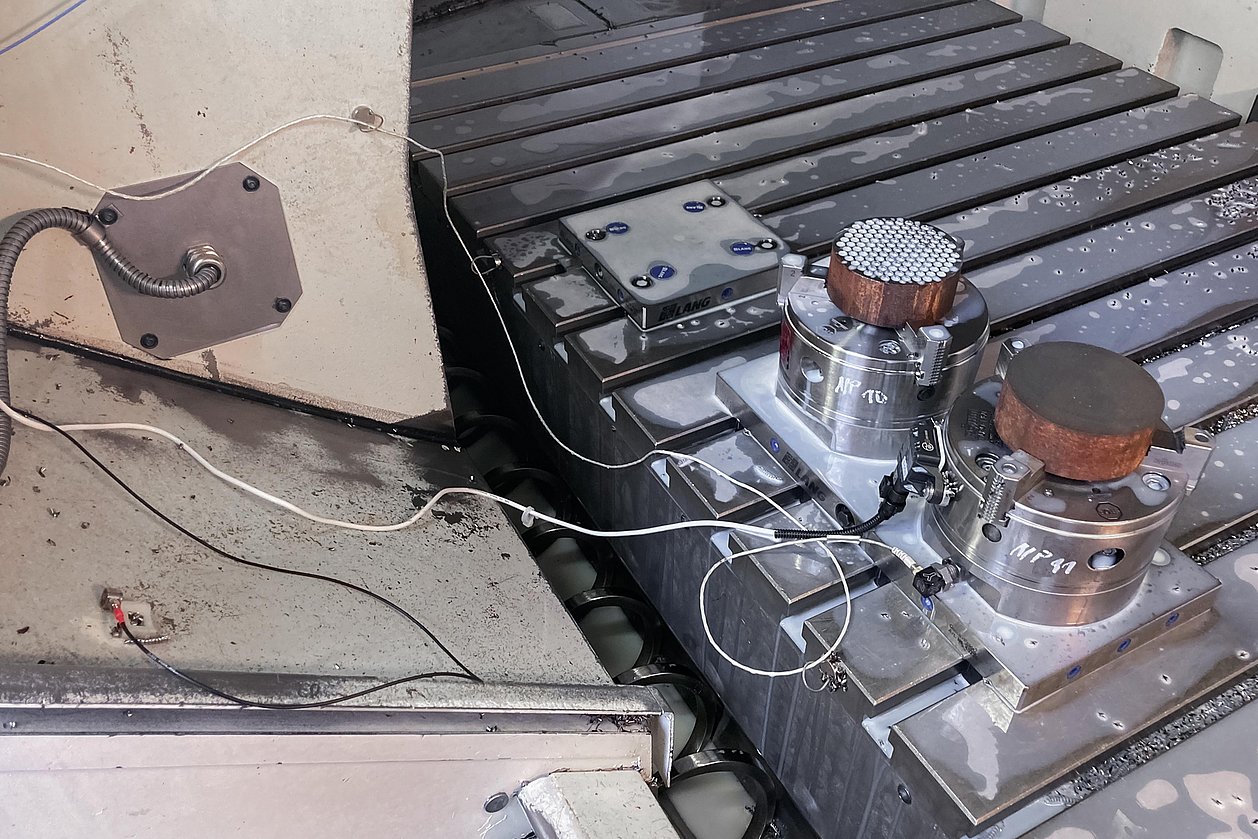Bipasha Roy, M.Sc., scientist at IMMS
”Beyond technical challenges, IMMS stands out for its open and collaborative culture. Thanks to my colleagues, working at IMMS is very convenient with high team spirit and active knowledge sharing. At IMMS, I continue to grow — professionally, by exploring cutting-edge AI applications, and personally, through teamwork and shared motivation.“
”I started my journey in IMMS in 2022, and since 2023 as a researcher in the System Design department. I started as a student assistant and continued with my Master’s thesis in the Microelectronics department, where I worked with chip image data to identify different regions on the chip and recreation of the GDSII layout. The work during my thesis not only gave me a deeper understanding of AI application in industrial scenarios but also helped me to gain valuable insights into the structure and creation of microchips. Gaining hands-on professional experience motivated me to continue working in applied research.
As a researcher in the System Design team, my focus is on the application of Artificial Intelligence in industrial environments. I find great fulfillment working in the intersection of academic research and real-world implementation where innovative ideas become practical solutions. Our team collaborates closely with both industrial and scientific partners, this constantly introduces new challenges and encourages creative thinking.
My initial work at IMMS gave me the opportunity to work on signal processing and find AI-based solutions on embedded systems for anomaly detection — supporting machine health estimation and fault diagnosis in running machinery. My research involved analysing different models on vibration data, to predict and localise defects in bearing systems. My focus and work at IMMS continues to expand towards direction on data-driven optimisation for injection molding machines, where I develop AI techniques to enhance process efficiency.
At IMMS I not only develop AI models, I also contribute to work in other industrial applications where intelligent solutions are implemented. This has allowed me to expand my technical skills, while deepen my understanding of how smart systems can transform manufacturing processes.
Beyond technical challenges, IMMS stands out for its open and collaborative culture. Thanks to my colleagues, working at IMMS is very convenient with high team spirit and active knowledge sharing. At IMMS, I continue to grow — professionally, by exploring cutting-edge AI applications, and personally, through teamwork and shared motivation. I look forward to the journey ahead, filled with new ideas, evolving technologies, and the inspiring people I work with every day.“







